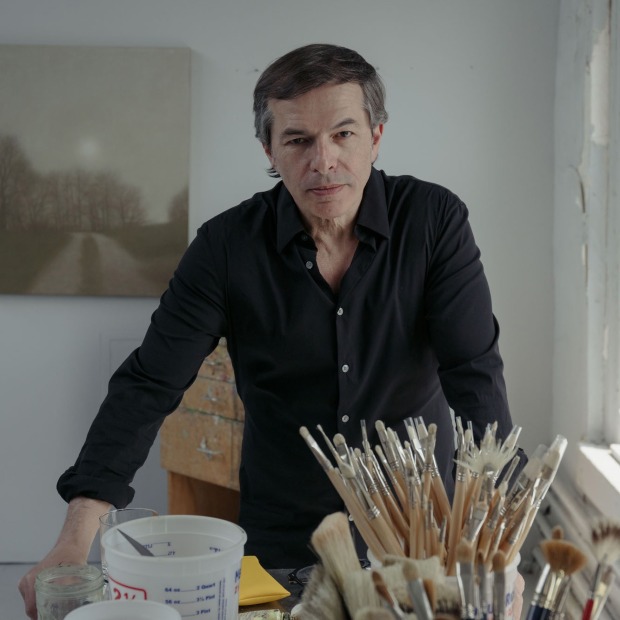Matvey Levenstein and Victor Levenstein in conversation at The Jewish Musuem
-

On Sunday, March 19 at the Jewish Museum, Matvey Levenstein will be in conversation with his father, Victor Levenstein, for a special afternoon of storytelling. The event will be from 3–4 pm; Tickets, which also include admission to the museum, can be found at the link below.
Matvey Levenstein lives and works in New York City, and was just named as a recipient of the prestigious 2022 Louis Comfort Tiffany Foundation Biennial Grant. Levenstein’s latest solo exhibition was on view at Kasmin in the fall of 2021. He received his M.F.A. at Yale School of Art, New Haven, CT, after attaining a B.F.A. from the School of the Art Institute of Chicago, Chicago, IL, and the Moscow Architectural Institute, Moscow, U.S.S.R.
Victor Levenstein was born in the Soviet Union in 1922, immigrated with his family to the United States in 1980, and at the age of 58 started a successful career designing underground mining machinery—and received three American patents. He is the author of Thirteen Nasty Little Snakes: The Case of Stalin's Assassins detailing his arrest and time as a political prisoner in the Soviet Union. His experiences and stories have most recently been featured on two episodes of The Moth Radio Hour. He lives in Columbus, Ohio with his wife of 61 years, Dora. -
About the Artist
 Photography by Diego Flores
Photography by Diego FloresMatvey Levenstein
Levenstein was born in 1960 in Moscow, U.S.S.R. and lives and works in New York City. He received his M.F.A. at Yale School of Art, New Haven, CT, after attaining a B.F.A. from the School of the Art Institute of Chicago, Chicago, IL, and the Moscow Architectural Institute, Moscow, U.S.S.R. He is included in the publications Landscape Painting Now by Todd Bradway and (Nothing but) Flowers published by Karma with essays by Hilton Als, Helen Molesworth and David Rimanelli. In 2023, the Louis Comfort Tiffany Foundation named Levenstein a recipient of its prestigious 2022 Biennial Grant. Established in 1918, the Foundation inaugurated its biennial competition in 1980 and remains one of the largest single sources of grants for artists working in the United States today.



